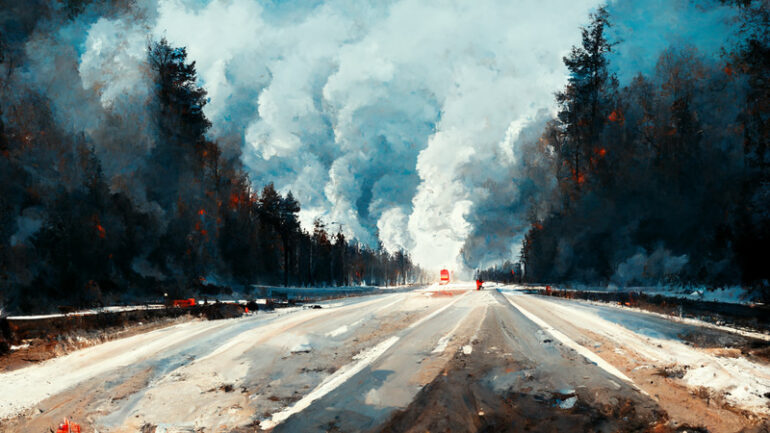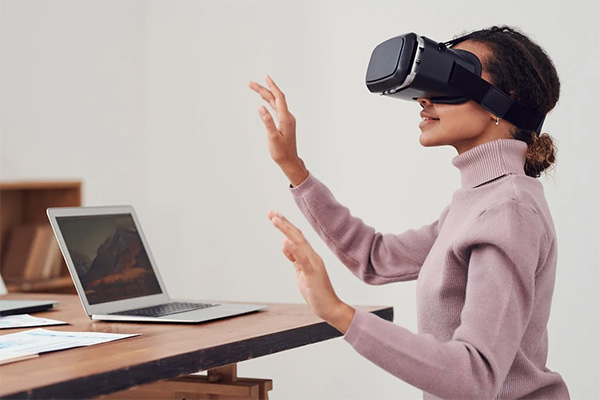Technology has always mirrored the world and inspired new art. Digital art and new media combine creative and technical processes to create, distribute, and consume. Digital art and new media are important in the art industry and provide unique opportunities.
The Development of Digital Art. Digital art uses computers, software, and other digital instruments. Computers have made this art popular. Digital artists create art using 3D models, animation, interactive displays, and digital painting.
Exploring New Media. Digital art, interactive aspects, and multimedia platforms are all included in the category of new media art. This type of art integrates elements like video, sound, virtual reality, and internet-based platforms in addition to more conventional creative materials. The distinction between the artist, the piece of art, and the audience is sometimes ambiguous in new media art, which also invites spectator interaction.
Advantages of Digital Art and New Media. Digital art and new media provide several benefits for artists, each of which is distinct. First off, digital media gives artists more freedom to explore, edit, and change their work as they like. Additionally, it enables the investigation of novel aesthetics and technical approaches previously impractical in conventional creative mediums. Additionally, a larger audience may be reached by quickly sharing and disseminating digital art internationally via internet channels.
Interactive and Immersive Experiences. The potential to create interactive and immersive experiences is one of the most intriguing features of digital art and new media. For example, artists may engage viewers by allowing people to actively connect with the artwork, evoking reactions, or determining its result. The potential for immersive art experiences has been further increased by virtual reality (VR) and augmented reality (AR) technology, which immerse spectators in virtual or augmented environments.
Challenges and Criticisms. Digital art and new media provide exciting prospects, present obstacles, and are subject to criticism. Some contend that digital art’s transient nature and simplicity detract from its worth and authenticity. The fast development of technology also makes it difficult to archive and preserve digital artworks for future generations.
Digital Art in the Mainstream. New media and digital art have steadily become more well-known and accepted in the mainstream art community. Today, digital art and new media exhibitions are frequently featured in museums and galleries, displaying the wide spectrum of creative expressions made possible by technology. Because of this expanding acceptability, digital artists now have more opportunities to be recognized and shown alongside conventional artists.
Pushing Boundaries and Redefining Art. Digital art and new media have challenged conventional ideas and definitions by pushing the limits of what is considered art. These artistic disciplines support experimentation, cross-disciplinary teamwork, and the fusion of art, science, and technology. As a result, they’ve provided us with fresh perspectives and opportunities, challenging us to reconsider how we think about art.
The interesting fields of digital art and new media result from the fusion of art and technology. These artistic disciplines offer new means of expression for artists, as well as certain benefits and difficulties. As digital art develops and pushes limits, it adds to the vibrant landscape of contemporary art, broadening our conception of what art is and how it interacts with the world undergoing fast change.
Photo Attribution:
1st & featured image from https://commons.wikimedia.org/w/index.php?curid=122795635
2nd image from https://www.pexels.com/photo/woman-using-virtual-reality-goggles-3183164/

